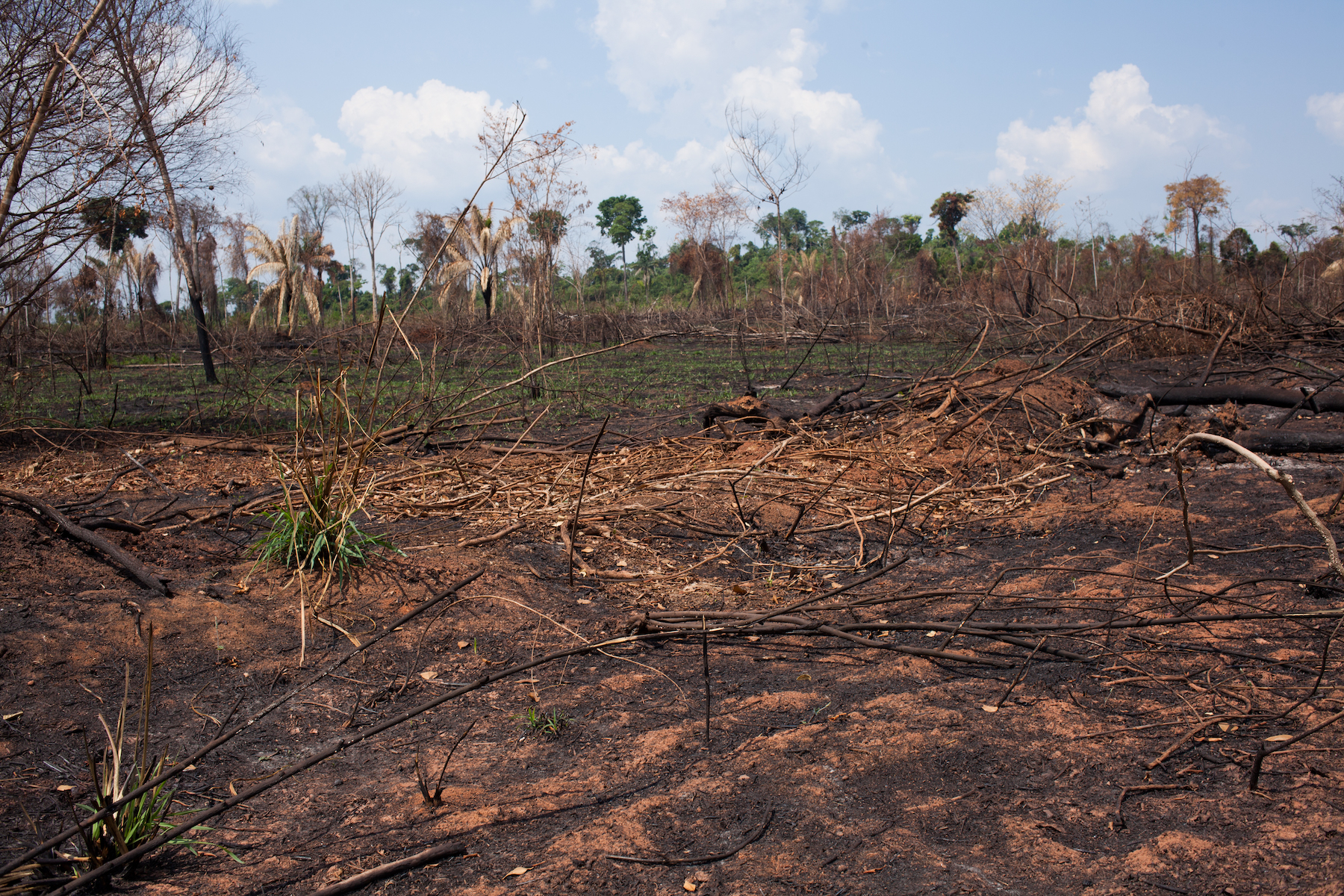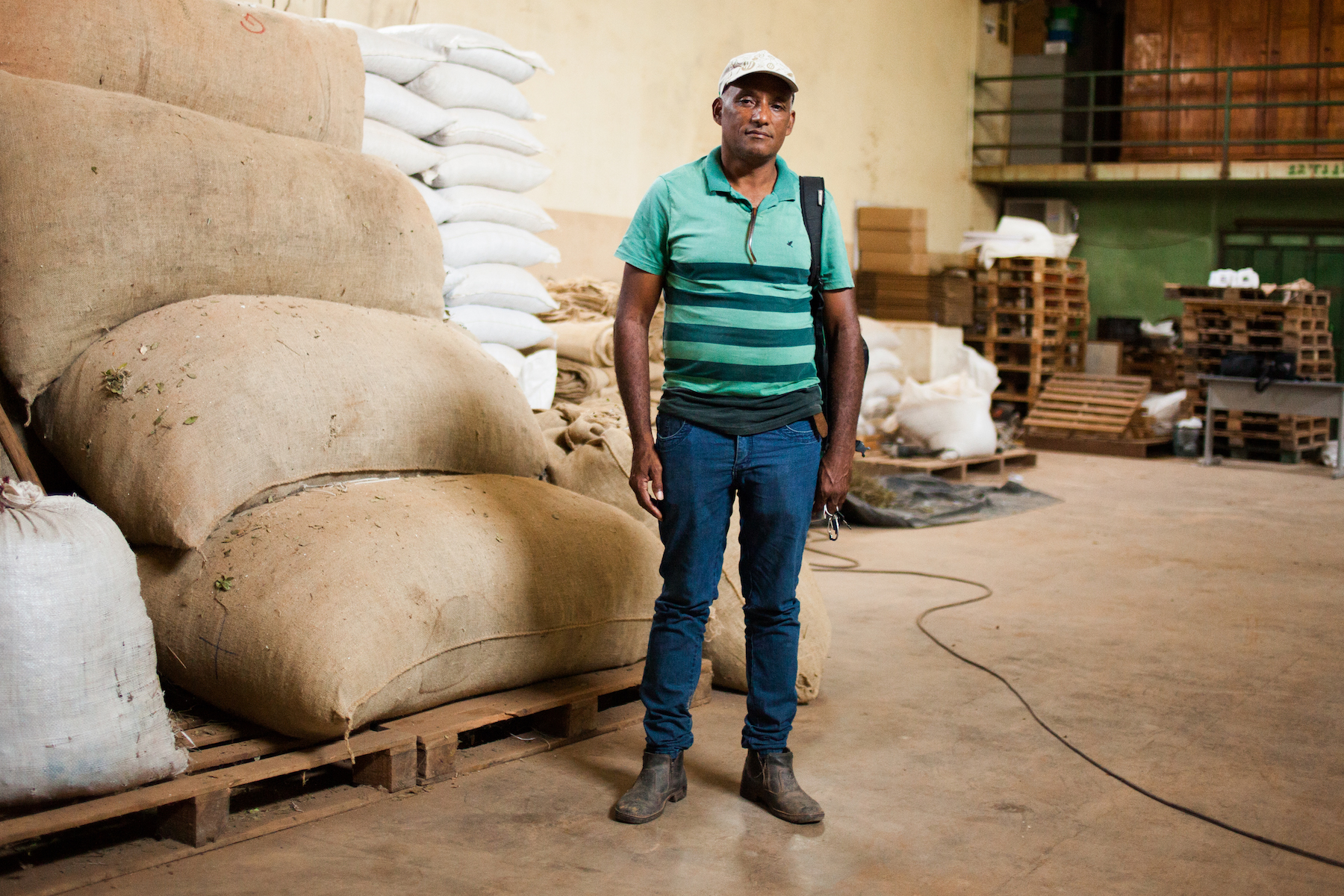- The vast and biodiverse Triunfo do Xingu protected area in the Brazilian Amazon lost 22 percent of its forest cover between 2007 and 2018, with figures this year indicating the rate of deforestation is accelerating.
- The surge in deforestation, driven largely by cattle ranching, is part of a wider trend of encroachment into protected areas across the Brazilian Amazon under the administration of President Jair Bolsonaro, according to conservationists.
- With the widespread clearing slicing up the larger protected area into smaller fragments of forest, human rights advocates worry that it will become increasingly difficult for forest-dependent indigenous communities to survive within it.
- The deforestation is likely to have a far-reaching impact on the biodiversity of the region, which is home to countless species of plants and animals not adapted to living in areas with higher temperatures and less vegetation.
TRIUNFO DO XINGU, Brazil — The rolling hills of the Triunfo do Xingu protected area in northern Brazil are a patchwork of vibrant emerald green and deep burnt orange. Dark plumes of smoke dot the jungle landscape stretching beyond the sprawling pastures, where cattle graze. Alongside the dirt roads crisscrossing the region, tree stumps jut out from the charred ground amid dried-up vegetation.
The Área de Proteção Ambiental (APA) Triunfo do Xingu is a vast region spanning some 1.7 million hectares (4.2 million acres) across the municipalities of São Félix do Xingu and Altamira, in the heart of Brazil’s northern state of Pará. The area is an ecological treasure, housing various types of forest and a rich tapestry of plant and animal species. It is also home to indigenous groups and traditional peoples, who rely on the forest to survive while preserving their way of life.
The Triunfo do Xingu area has been under state protection for more than a decade, although some land development is legally permitted. In 2006, Pará granted the area a conservation status aimed at preserving its biodiversity and ensuring sustainable use of its natural resources. Under this type of designation, some clearing is allowed on a small part of the territory while the remainder is supposed to be earmarked for environmental preservation.
Yet satellite data from the University of Maryland (UMD) show that Triunfo do Xingu lost around 22 percent of its forest cover between 2007 and 2018, despite its protected status. Preliminary figures for 2019 indicate the deforestation rate may be rising even higher. Between January and October, UMD picked up more than half a million deforestation alerts in the protected area — more than half of those in August alone.



Most of those who have been clearing land in recent months are doing so without the licensing needed to legally develop the territory for industrial activity, sources in the region say. They also appear to be carving out chunks of forest that are far larger than what is permitted within the Triunfo do Xingu area under its protected status.
“Eighty percent of the area has to be preserved,” said one public official in the region, who requested anonymity because he was not authorized to speak on the matter. “But in reality, of course, that’s not the case. It’s the reverse — the majority is being deforested and developed, all illegally. It’s a land without law here.”
Deeper into the forest
The surge in illegal deforestation in Triunfo do Xingu is part of a larger, deeply worrying trend of encroachment into protected areas seen across the Brazilian Amazon, said Ricardo Abad. Abad works as an analyst at the Instituto Socioambiental (ISA), an NGO that defends environmental diversity and the rights of indigenous and traditional people.
“Not only is there a rise in deforestation but most of it is happening inside protected areas, which have traditionally served as a shield stopping this deforestation,” said Abad, whose work is focused on the Xingu basin. “But, just in the last few months, we have seen a very big concentration of the kind of leakage, from outside of the protected areas to inside of the protected areas.”
In Triunfo do Xingu, most of the recent deforestation has been driven by cattle ranching, as farmers convert more land for their livestock. São Félix do Xingu, a municipality of about 125,000 in which about two-thirds of the protected area lies, is the largest cattle-producing municipality in Brazil and is home to nearly 20 times more livestock than people. Some smaller patches of deforestation, mostly in the northern part of the APA, are also the result of mining, logging and land-grabbing, sources say.

The rhetoric of President Jair Bolsonaro seems to have played a role in the deforestation surge in this region, where support for the controversial leader is strong and the yellow football shirt that has become a symbol of far-right politics is a common sight. Bolsonaro has repeatedly vowed to loosen restrictions on development in the Amazon, a message that has deeply resonated with farmers and ranchers here. Meanwhile, fines for environmental crimes have dropped sharply since he took office at the start of this year, which critics say has helped create a climate of impunity.
As a result, both large and small agricultural producers have been emboldened to deforest more land across the region, local sources say. In August, Pará state made headlines when it emerged that growers and ranchers were hatching a plan over Whatsapp to set coordinated fires in support of Bolsonaro. Authorities caught wind of the plot but were too slow to act, and data show that the number of fires tripled on that date compared to a year earlier.
“The political rhetoric is encouraging crimes against our Amazon,” Ananza Mara Rabello, a professor at the Universidade Federal do Sul e Sudeste do Pará, told an audience gathered in São Félix do Xingu’s legislative building in early September. “Because the fire in the Amazon is not natural.”
The remote location of Triunfo do Xingu, meanwhile, has made it easier to deforest without fear of facing penalties. The protected area lies across the river from the town of São Félix do Xingu, only accessible by the boats that periodically carry over anything from trucks and motorcycles to cattle and consumer goods.
On the opposite bank of the Xingu River, a massive billboard advertising an upcoming cattle fair loomed over the makeshift port during a recent visit. From this informal entrance to the protected Triunfo do Xingu area, a web of haphazard dirt roads stretched through the vast territory. Our four-wheel-drive truck snaked through rough, narrow paths dented by gaping holes for hours to reach freshly cleared patches of forest. We passed large swaths of forest burned within the last few weeks and, deep into the territory, encountered a blaze that was actively engulfing virgin forest. The landscape was dotted with the occasional farm or ranch, but, for the most part, the area was deserted.


The region is struggling with lax enforcement of environmental regulations, said Danilo Antônio Lago, a pastor with the Comissão Pastoral da Terra (CPT) in São Félix do Xingu, an arm of the Catholic Church that works to advance human rights in rural communities across Brazil. In the Xingu region, the CPT works with small farmers to find alternatives to clearing land and runs projects that aim to regenerate degraded forests.
“They act with impunity because they feel protected,” Lago told Mongabay in an interview. “It’s so remote, that people know nobody will come to fine them, nothing will happen to them.”
Local, state and federal authorities have tried to crack down on illegal deforestation in Triunfo do Xingu in recent weeks amid global panic over a surge in burning across the broader Brazilian Amazon, which is on course to experience its worst fire season since 2010. There have been operations by Brazil’s environmental agency, known as IBAMA, as well as state environmental police, the military’s jungle battalion, the air force, and the municipal and state environmental secretariats.
Yet sources say that the operations have been a symbolic Band-aid effort, with limited scope to curb deforestation in the Triunfo do Xingu region in the longer term. With no headquarters in São Félix do Xingu and few agents in the sprawling broader area, IBAMA doesn’t have the capacity to uniformly enforce the law across the region. And while the greater presence of authorities in recent weeks has helped temporarily slow the clearing, most expect it to resume with full force as attention shifts elsewhere.




